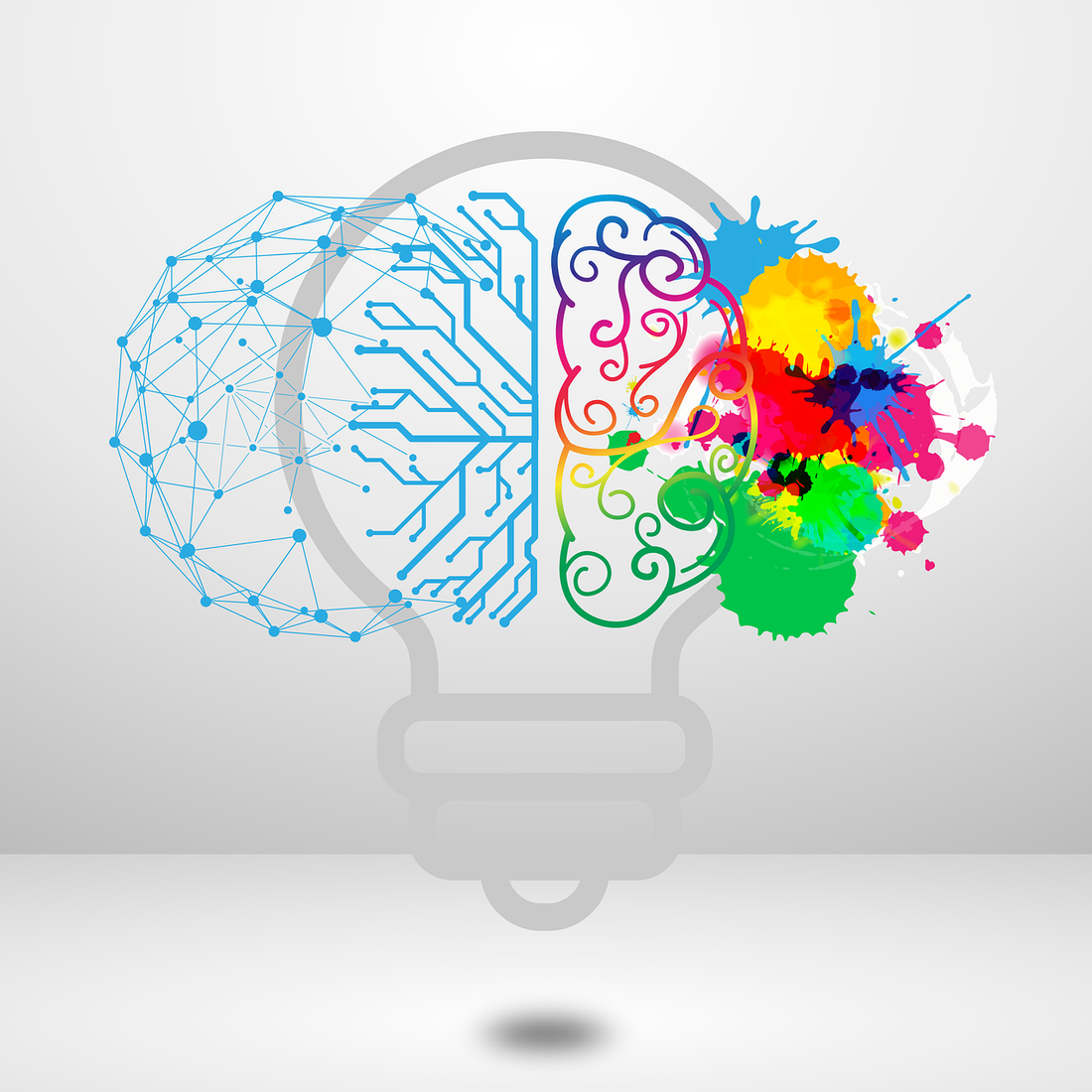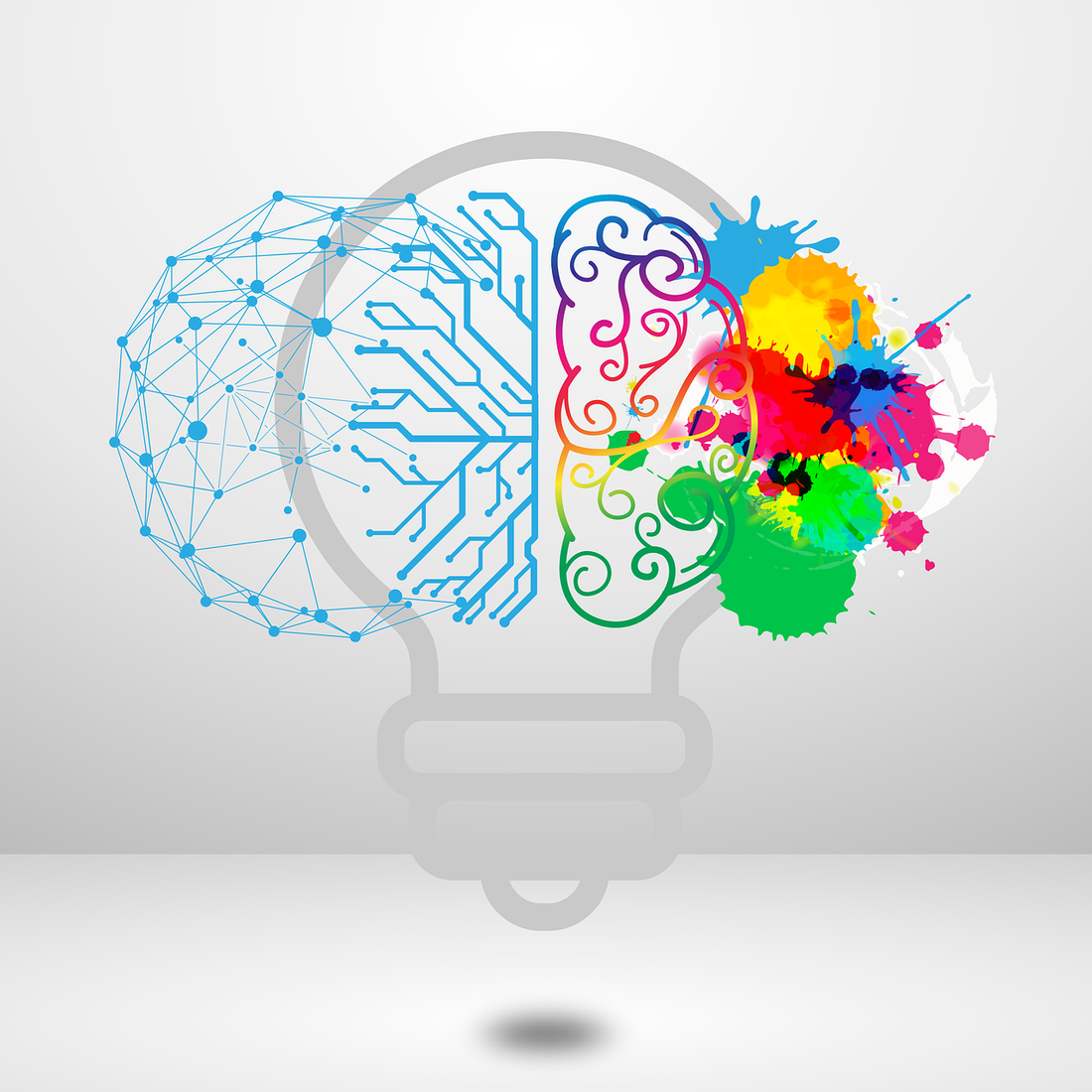
Understanding Dopamine
Daniel PattersonDopamine, a neurotransmitter in the brain, is often referred to as the “feel-good” chemical because of its role in pleasure, reward, and motivation. However, dopamine’s impact goes far beyond making us feel good; it plays a significant role in how we make decisions, experience pleasure, and respond to risk and reward. For teens, whose brains are still developing, dopamine can strongly influence behavior—especially when it comes to the lure of substances.
Understanding dopamine can help parents better interpret their teen’s actions and equip them to support healthier, more mindful choices.
1. What Exactly Is Dopamine, and How Does It Influence Behavior?
Dopamine is one of the brain’s primary neurotransmitters, responsible for transmitting signals between nerve cells. It is heavily involved in the brain’s reward and pleasure systems, which are crucial for motivating behavior. When dopamine is released—whether from winning a game, eating a favorite food, or connecting with friends—it reinforces those behaviors, making us want to repeat them. In teens, this reward system is particularly sensitive.
During adolescence, the brain undergoes significant development, particularly in the prefrontal cortex (responsible for decision-making) and the limbic system (where dopamine has a strong influence). This heightened dopamine sensitivity can make teens more prone to seeking rewards and thrill-seeking behaviors, as they feel a stronger "rush" or pleasure response than adults do.
According to Harvard University, this is why teens may engage in risky behaviors that prioritize short-term rewards over long-term consequences—they are more drawn to the dopamine “high” that comes with novel and exciting activities.
2. Dopamine’s Role in Substance Use and Addiction
Substances such as alcohol, nicotine, and drugs artificially stimulate dopamine release, leading to an intense and quick sensation of pleasure or euphoria. The brain experiences this dopamine surge as a significant “reward,” and it reinforces the behavior by craving that sensation again. For teens, who are already primed to seek pleasurable and novel experiences, this artificial dopamine boost can create a powerful pull toward repeated use, which can quickly lead to dependency.
The National Institute on Drug Abuse (NIDA) explains that substance use “hijacks” the brain’s natural dopamine system, creating dependency as the brain begins to rely on the substance for dopamine release. Over time, natural sources of pleasure, like hobbies or socializing, may feel less rewarding because substances cause an artificially high dopamine release. This dependency effect can be particularly strong in teens, making early intervention crucial.
3. Dopamine and Risk-Taking Behavior in Teens
Dopamine is not just about pleasure; it’s also essential in motivating us to pursue rewards and take risks. In teens, this effect is amplified, as their brains are more responsive to dopamine but less developed in areas responsible for weighing risks. This dynamic means that teens often prioritize short-term rewards over considering potential risks.
For example, activities that offer a quick dopamine hit—whether it’s experimenting with substances, engaging in social media challenges, or thrill-seeking activities—can become highly appealing. Psychology Today notes that this makes teens more susceptible to impulsive decisions because they are focused on the immediate pleasure rather than long-term impacts, which are harder for their still-developing brains to assess.
4. Helping Teens Understand Dopamine and Make Healthier Choices
Teaching teens about dopamine and how it influences their behavior can empower them to make more mindful decisions. When teens understand that their brains are naturally primed to seek rewards, they can become more aware of how and why they respond to certain activities—and make choices accordingly.
What You Can Do:
- Educate them on dopamine’s role in their lives: Explain that dopamine helps them feel motivated and excited, but can also drive them to make impulsive decisions. For instance, you might say, “Dopamine is part of what makes you feel happy or excited, but sometimes it can make risky activities seem more appealing than they actually are.”
- Discuss the impact of substance use on dopamine: Clarify that while substances can create a quick dopamine boost, they “trick” the brain into becoming dependent on external sources for pleasure. Over time, this dependency can make it harder to enjoy ordinary activities.
- Reinforce the benefits of natural dopamine boosts: Encourage your teen to find healthy activities that stimulate dopamine naturally, like physical exercise, accomplishing personal goals, or creative hobbies. These activities can satisfy their dopamine needs without the risks associated with substances.
According to the Child Mind Institute, conversations about dopamine are more impactful when framed in a relatable way. They suggest using accessible language and examples that make dopamine’s effects easy to understand.
5. Practical Steps for Supporting Healthy Dopamine Regulation
Parents can take active steps to help their teens find healthy ways to satisfy dopamine-driven urges, which may decrease the appeal of risky behaviors. Here are a few ideas:
- Promote goal-setting: Completing goals, whether academic, athletic, or creative, provides natural dopamine rewards. Encourage your teen to set and celebrate small, achievable goals to create a consistent source of satisfaction.
- Encourage physical activity: Exercise releases dopamine and other “feel-good” chemicals that boost mood and reduce stress. Activities like running, swimming, dancing, or team sports provide a healthy way to meet dopamine needs.
- Limit passive dopamine triggers: Excessive screen time and social media use can give “dopamine hits” without real engagement, which may lead to boredom or restlessness. Help your teen set boundaries around these activities to encourage more fulfilling pursuits.
- Model healthy behavior: Teens often look to their parents for cues on managing stress and seeking pleasure. Demonstrating positive outlets for stress and healthy dopamine-stimulating activities can serve as an example.
The Partnership to End Addiction suggests that parents who actively support their teens’ natural dopamine needs often see a reduction in risky behaviors, as teens feel fulfilled and motivated without needing external stimulants.
Conclusion
Dopamine plays a powerful role in teenage behavior, from motivation and decision-making to the allure of substances. By understanding how dopamine impacts their teen, parents can help them find safe ways to experience pleasure and reward. Open conversations, along with proactive support, can empower teens to make healthier, more intentional choices in a world filled with dopamine temptations.
References:
- Harvard University. (2022). "Understanding Dopamine and Teen Behavior."
- National Institute on Drug Abuse. (2022). "How Dopamine and Substance Use Affect the Teen Brain."
- Psychology Today. (2021). "Dopamine, Decision-Making, and Teenage Behavior."
- Child Mind Institute. (2021). "Talking to Teens About Dopamine and Substance Use."
- Partnership to End Addiction. (2022). "How to Support Healthy Dopamine Levels in Teens."











